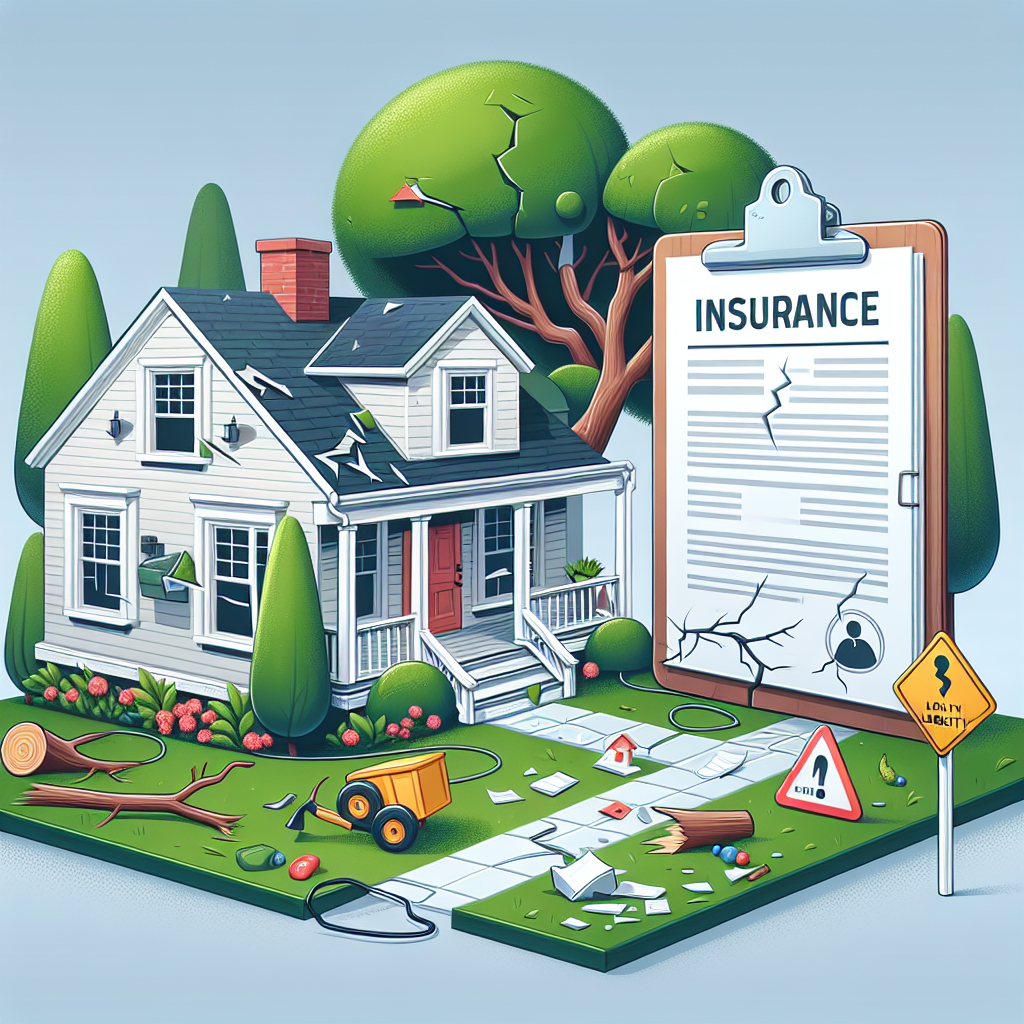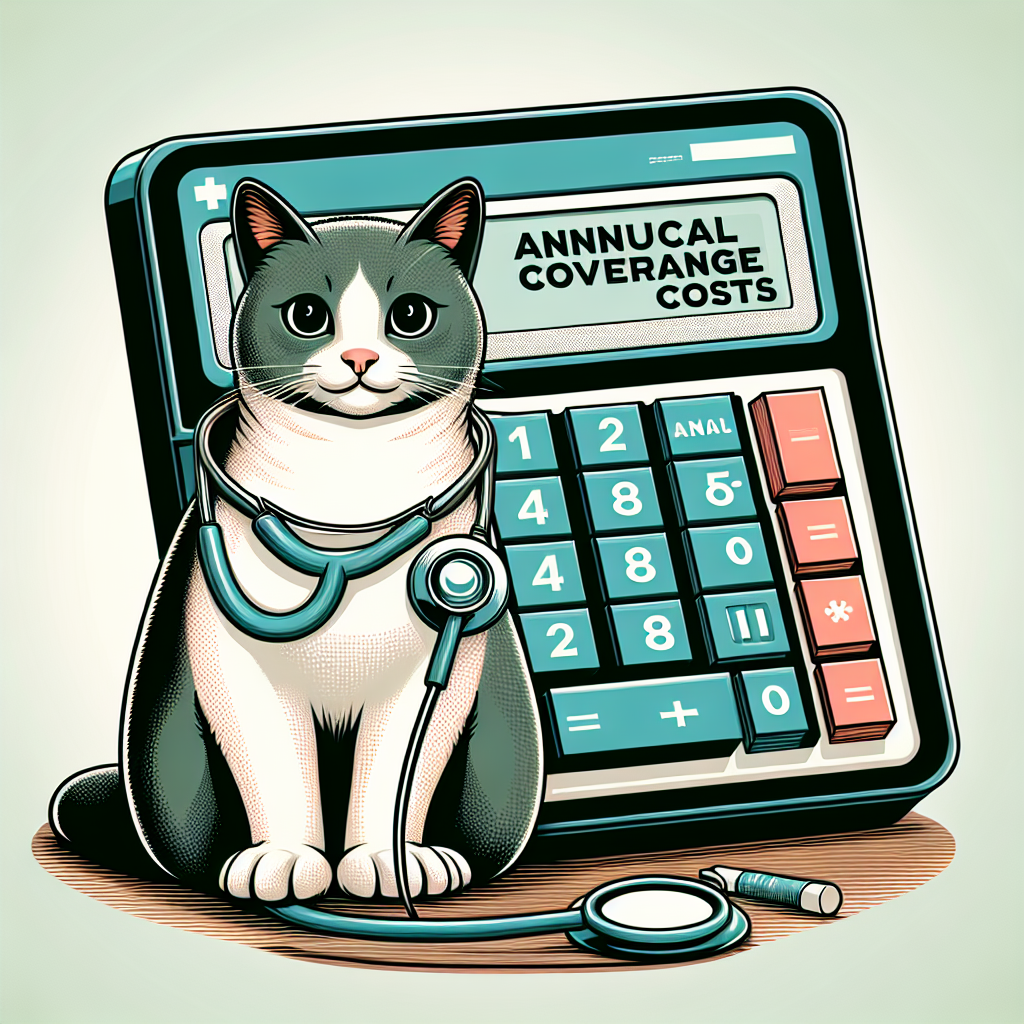Filed under Home Insurance on
Understanding Home Insurance Liability Coverage

When you invest in a home, you're not just acquiring a property but also engaging in a commitment to protect it. Part of safeguarding your investment involves understanding home insurance liability coverage, a critical component of your homeowner’s policy. This coverage protects you against financial loss if you’re held legally responsible for injury or property damage to others. Let’s explore the intricacies of liability coverage and its importance for homeowners.
What Is Home Insurance Liability Coverage?
Home insurance liability coverage is a portion of your homeowner’s insurance policy that covers legal and medical expenses in case someone is injured or their property is damaged due to your negligence. Unlike other parts of home insurance that focus on property damage, liability insurance addresses issues where you might be legally liable. This protection extends to incidents occurring both on and off your property.
Key Components of Liability Coverage
- Personal Liability: Covers legal expenses if someone sues you for injuries or damages.
- Medical Payments: Pays for medical bills of those injured on your property, without proof of liability.
- Damage to Others’ Property: Reimburses others if you accidentally damage their property.
Why Is Home Insurance Liability Coverage Important?
Understanding home insurance liability coverage is crucial because it provides financial protection and peace of mind. Accidents can happen unexpectedly, and having liability coverage ensures that you are prepared for such events without severe financial repercussions. This coverage can protect your assets, including your home and future earnings, from being seized to settle claims.
The Financial Risks of Inadequate Coverage
Without adequate liability coverage, you could face significant out-of-pocket expenses. Legal costs, medical bills, and repair expenses can quickly escalate, potentially impacting your finances and lifestyle. Having appropriate home insurance liability coverage ensures you're safeguarded against these risks, offering a financial buffer.
How Much Liability Coverage Is Necessary?
Determining the right amount of home insurance liability coverage depends on your unique circumstances. Generally, policies start at $100,000; however, experts often recommend a minimum of $300,000. Factors to consider when evaluating your coverage needs include:
- Your Lifestyle: Homeowners who frequently host social events or have amenities like pools or trampolines may require increased coverage due to higher risk exposure.
- Your Net Worth: Those with significant assets should consider higher coverage to protect against potential lawsuits.
- Potential Risks: Evaluating the likelihood of accidents or damage will guide your coverage choices.
Enhancing Your Liability Coverage
If you're concerned that standard liability coverage may not suffice, you might consider additional protection, such as umbrella insurance. Umbrella insurance provides an extra layer of security, extending beyond the limits of your underlying policy. It ensures comprehensive protection and can be a wise investment for high-value assets and peace of mind.
Understanding Umbrella Insurance
Umbrella insurance offers broad coverage and kicks in when you surpass the limits of your primary home insurance liability coverage. This policy is relatively inexpensive and provides coverage in $1 million increments, making it an appealing option for those seeking comprehensive protection.
Common Misconceptions About Liability Coverage
Despite its importance, there are many misconceptions about home insurance liability coverage. Some believe it only covers incidents within the home, or that it’s unnecessary if they don’t own substantial assets. Dispelling these myths is crucial for informed decision-making.
Myth: Liability Coverage Only Applies Within Your Home
In reality, liability coverage isn’t confined to your property. It extends to incidents that occur elsewhere, such as if your dog bites someone during a family picnic in the park. This aspect makes liability coverage a versatile safety net.
Myth: Minimal Assets Mean Minimal Coverage Necessity
Even if you believe your assets are minimal, consider future earning potential. Lawsuits can target future income, which underscores the significance of having adequate liability coverage irrespective of your current financial status.
Industry Trends and Insights
The insurance industry continuously evolves, with trends showing an increase in awareness and the perceived necessity of liability coverage among homeowners. Factors such as climate change and societal shifts influence infrastructure and lifestyle, driving demand for robust liability protection.
According to industry experts, there’s a growing trend towards personalized insurance solutions. Providers now offer customizable plans that reflect individual lifestyle risks, aligning with broader industry movements.
Expert Opinions on Liability Coverage
Insurance professionals stress the importance of reviewing and updating home insurance liability coverage regularly. As life circumstances change, so does the potential risk exposure. Engaging with insurance agents to tailor policies ensures comprehensive protection, reflecting your current lifestyle and assets.
Experts recommend a proactive stance, where homeowners periodically reassess risks and make necessary adjustments. This approach ensures that not only immediate concerns are addressed, but also future financial stability is considered.
Conclusion
Understanding home insurance liability coverage equips homeowners with essential knowledge, ensuring informed decisions when safeguarding their most important investments. By comprehensively evaluating coverage needs, exploring additional options like umbrella insurance, and staying informed on industry trends, you secure financial stability and peace of mind. Protecting your home and assets doesn’t just involve maintaining property; it means sheltering your future from unexpected liabilities.
Remember, your home is more than a shelter; it’s a treasure trove of memories and milestones. Make sure its protection reflects that value.




